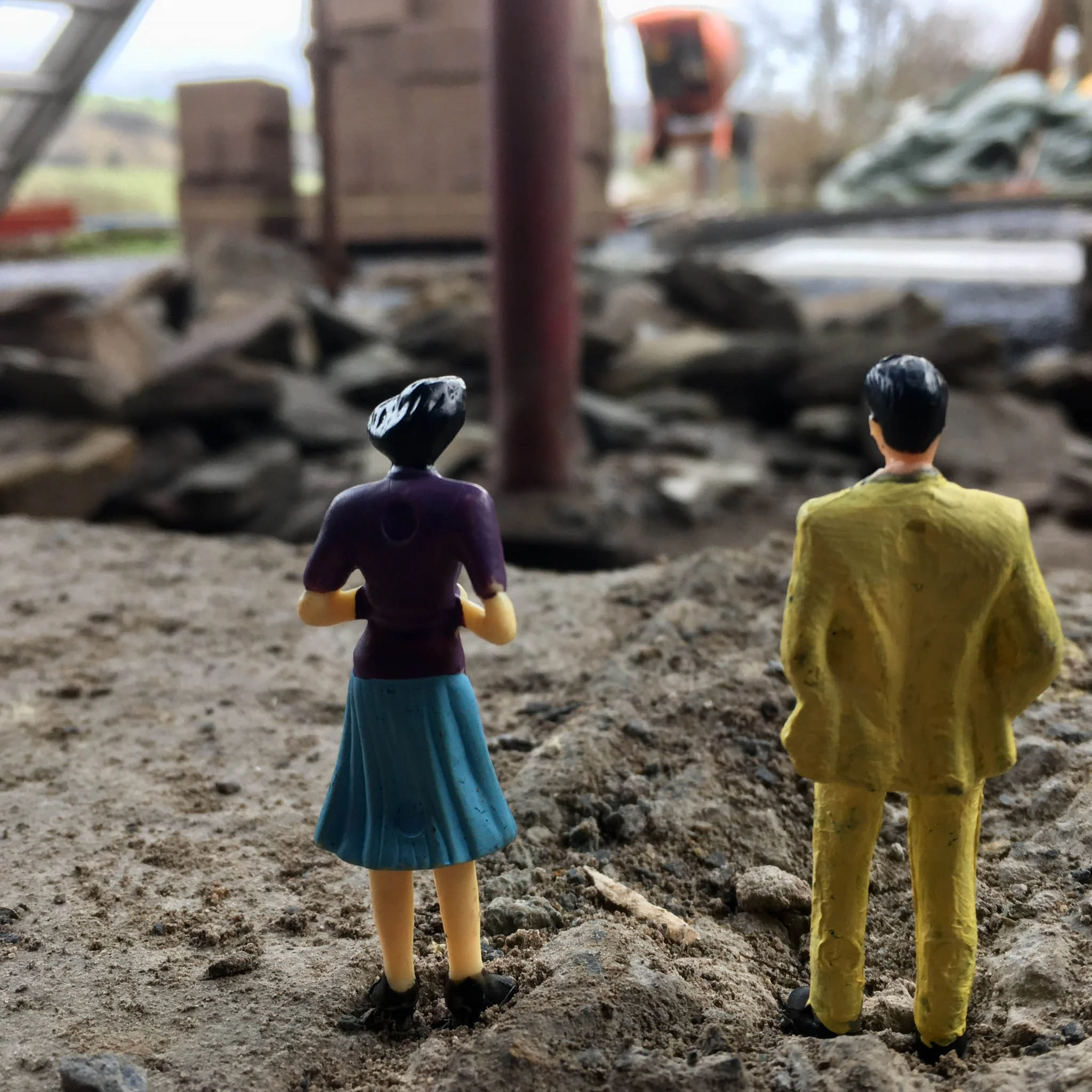Entrepreneurship, Creativity and Innovation
Earlier this month, I had the privilege of sitting with three other creatives on a Q+A panel at RIBA North. The event was hosted by the RIBA NW as part of their Inspiration Series, and it certainly lived up to its name. Discussions revolved around the importance of brand for designers based on inspirational talks from MasterSounds’ Ryan Shaw and Granby Workshops’ Lewis Jones. Both characters have an infectious passion for design powered by making and doing in equal measure, but Granby Workshop is the focus of this post because I think we as architects can learn bucket loads from their approach.
The storey begins in 2011 when Assemble Studio joined with a group of hard campaigning residents in Liverpool to regenerate four run down streets. This involved building and shop renovation, rejuvenating public spaces with planting and upskilling individuals in the community along the way. That in itself, is a storey about persistence, innovation and creative procurement well worth reading about… Granby Workshop was one of the community enterprises born out of this project. They produce beautiful, experimental, architectural ceramics. And they are very popular. The project itself was thrust into the limelight by seemingly inadvertently winning the Turner prize in 2015.
The project is so much about the people that you will be hard pressed to find the names of the individuals involved in a thorough search of the internet. There is an unself-conscious bonkersness in the experimental nature of what they do; such as barbequing clay with banana skins and pine needles which makes a beautiful smokey pattern on the ceramics. Who’d a thunk it? I think it’s this ‘why not’ attitude partnered with a ‘just do it’ mentality which is so wonderfully refreshing, and obviously successful. The ‘deliberately accidental’ way in which they design leads to unpredictable and surprising results which simply could not have been arrived at had the process been planned and tested. Is there more of a place for this in architecture? The happy accident?
I am envious of this hands on approach to design. Lewis himself studied architecture and began working in a conventional office. He quickly found it frustrating that so much of architecture is now done behind a computer and over the phone. It reminds me of my first job as an Architectural Assistant in Preston. My boss had kindly bought me a pair of brand new mens size 9 site boots and I was sent on my way. He tried to soften my terrifying induction by suggesting I stop en-route and scuff the boots in a muddy puddle, apparently adding a veneer of experience and authenticity to my otherwise green (and very female) appearance. Unfortunately this didn’t really go far enough to lessen the comical appearance of me in my size nines and a calf length pencil skirt. I think this little anecdote typifies the disconnection between the designer and the maker. At Kelsall Architects we now take every opportunity to make things, to test things, to get on site and to become as much a part of the process as we can. More architects should enjoy getting their hands dirty.
There is obviously a difference in the product here. Buildings are big, expensive, complex and, well, serious. Ceramics are small, cheap, quick to make and... fun. Is it the weight of responsibility that makes architects clam up creatively? Is there a way that we can integrate more freedom into the process? I found myself wondering where this freedom comes from. It’s the freedom to imagine things without first considering all the potential stumbling blocks. A belief in one’s ability to solve problems allowing you to set the vision and work towards it. You almost need forget the conventions and try and enjoy the journey as both Ryan and Lewis clearly do. Teaching Architecture at Liverpool University we find that, even before they really embark on a career in design, students can be stifled by ‘what if's’ and ‘getting it right first time’.
Q&A panel from left to right: Ewen Miller, Me, Lewis Jones, Ryan Shaw. Photo credit RIBA NW
Back on the panel discussion, one member of the audience asked whether it’s possible to be too obsessive about ones work. The perplexed faces looking back at him said it all. When you find the sweet spot of creative freedom and productivity, this isn’t work at all.
Both of Ryan and Lewis have the kind of story that makes you tingle with excitement because what looks like a fanciful dream has become a tangible reality.



